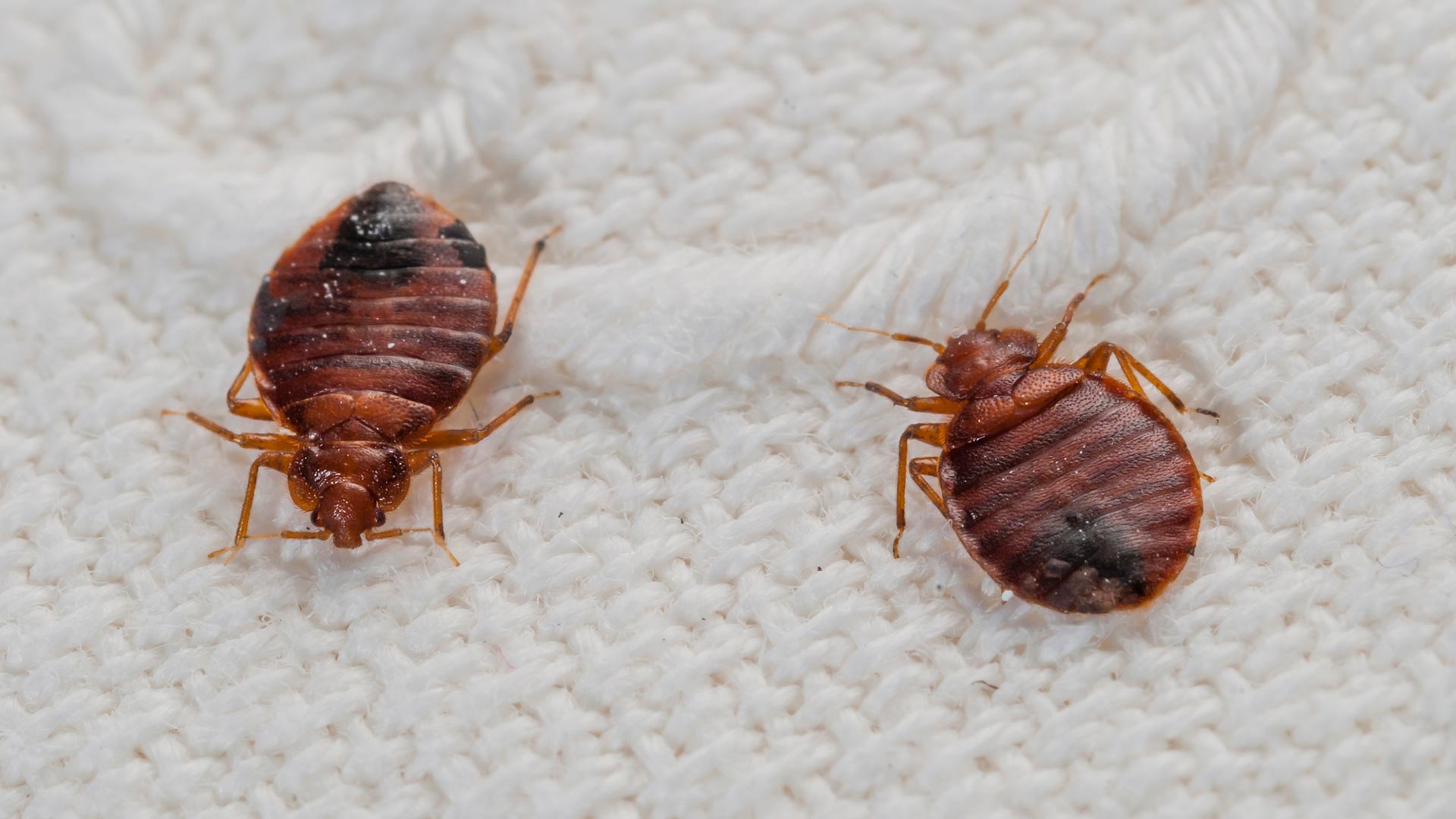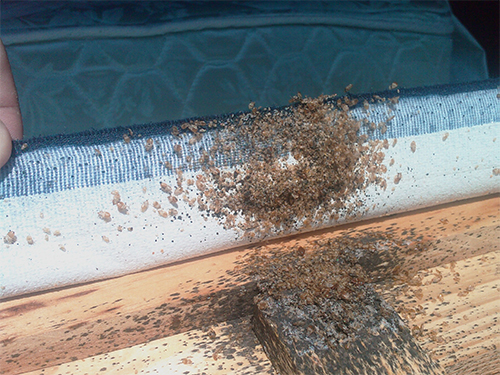Obtain Enlightened About the Sorts Of Bug Control Methods and Their Advantages for House Owners
Recognizing the different bug control techniques offered to home owners is essential for efficient insect administration. Property owners that are well-informed can make calculated selections that not only address parasite concerns yet likewise boost the total quality of their living setting.
Chemical Insect Control Approaches
Chemical insect control techniques are a crucial component of integrated bug management techniques for home owners looking for effective remedies to pest problems. These techniques involve the application of chemical compounds made to eliminate or hinder bugs that intimidate personal effects, wellness, and convenience. Usual chemicals used include insecticides, fungicides, rodenticides, and herbicides, each tailored to target specific bugs.
The main benefit of chemical bug control is its fast efficiency; many formulas give instant outcomes, lowering pest populations significantly in a brief time. Furthermore, breakthroughs in chemical solutions have actually led to items that are a lot more eco-friendly and have reduced poisoning levels for non-target organisms when used properly.

Biological Pest Control Methods
All-natural bug control methods have acquired importance as house owners look for more secure and more sustainable alternatives to standard chemical techniques. Biological pest control strategies make use of natural predators, parasites, or virus to handle bug populations effectively. This approach is not only eco-friendly however also lessens the threat of damage to non-target species, including advantageous bugs and wild animals.
Among the most usual organic control methods includes introducing natural killers right into the atmosphere. As an example, ladybugs can be made use of to manage aphid populations, while nematodes target soil-dwelling parasites like grubs. In addition, parasitoids-- organisms that survive on or within a host-- can be used to regulate specific pest species by laying eggs inside them, eventually leading to their death.
Another approach is the use of biopesticides, which are obtained from all-natural products such as plants, bacteria, or minerals (bed bug exterminator). These products can properly target pests while posturing marginal threat to pet dogs and humans. On the whole, biological parasite control strategies supply home owners with an efficient means of parasite administration that straightens with ecological principles, advertising a much healthier living atmosphere while reducing dependence on artificial chemicals
Mechanical Parasite Control Strategies
Mechanical bug control methods encompass a range of approaches that physically stop or remove insects without making use of chemicals. These strategies are particularly beneficial for house owners looking for eco-friendly options while ensuring the safety of their living rooms.
One usual technique is the usage of barriers, such pop over to these guys as nets, catches, and screens, which protect against bugs from entering homes or specific areas. Setting up home window displays can efficiently keep insects out, while utilizing physical obstacles around gardens can discourage bigger pests like rabbits or deer. Additionally, mechanical traps designed for rats can catch and remove these parasites without the need for harmful materials.
An additional efficient strategy entails the usage of brooms and vacuum cleaners to remove bugs directly from surface areas. Routine cleansing and upkeep can dramatically lower pest populaces by removing food resources and hiding places. Utilizing devices like ultrasonic insect repellents can discourage various insects via audio waves that are unpleasant to them but inaudible to humans.
Cultural Pest Control Practices
Social parasite control methods concentrate on modifying the setting and management strategies to develop problems that are much less conducive to pest invasions. These techniques are fundamental in preserving a balanced environment and lowering the dependence on chemical interventions. By changing farming practices, homeowners can effectively deter pests while advertising plant health and wellness.
One typical approach consists of plant rotation, which interrupts the life process of pests by transforming the types of plants expanded in a particular area (bed bug exterminator). This not just minimizes pest populaces yet additionally improves dirt health and wellness. Furthermore, intercropping-- planting diverse plants in closeness-- can perplex pests and decrease their ability to locate their recommended host plants
Water monitoring is an additional crucial element of cultural techniques. Correct watering termite treatment techniques can prevent standing water, which acts as a breeding place for mosquitoes and various other pests. Keeping tidiness in and around the home, such as frequently eliminating particles and food waste, can significantly lower insect attraction.
Incorporating these social methods into a detailed pest monitoring strategy enables homeowners to develop an environment that naturally discourages insects, therefore enhancing the performance of other control methods while promoting sustainable gardening and landscaping.

Integrated Insect Management Approaches
Integrated Insect Administration (IPM) represents an alternative technique that integrates different techniques to successfully manage pest populaces while lessening environmental influence. This methodology incorporates organic, cultural, physical, and chemical methods to attain lasting insect control. By assessing pest page populaces and their natural opponents, IPM stresses monitoring and determining insects before applying control procedures.
One of the core principles of IPM is making use of limits, which develop the degree of pest activity that warrants treatment. This makes certain that treatments are used just when essential, lowering the dependence on chemical pesticides. Organic control techniques, such as introducing natural killers or bloodsuckers, job in combination with social practices like crop turning and habitat control to interrupt pest life process.
Moreover, IPM urges using least-toxic chemical choices when treatment is necessary, focusing on items that present marginal danger to non-target organisms and the environment. For homeowners, adopting IPM comes close to not just improves the efficiency of bug administration however additionally promotes a healthier living setting, cultivating biodiversity and reducing chemical direct exposure. Ultimately, IPM equips property owners to make informed decisions that stabilize pest control with environmental responsibility.
Verdict
In verdict, understanding the numerous insect control techniques empowers property owners to make informed decisions pertaining to pest administration. Each strategy-- chemical, organic, mechanical, cultural, and integrated bug management-- supplies unique benefits that cater to various demands and choices.
Understanding the different pest control approaches offered to home owners is essential for effective pest management.Chemical pest control methods are a critical part of integrated insect management methods for homeowners seeking effective remedies to pest invasions. In general, organic bug control techniques supply homeowners with an effective methods of insect monitoring that aligns with environmental principles, advertising a much healthier living atmosphere while decreasing dependence on synthetic chemicals.
Cultural bug control techniques concentrate on modifying the setting and management techniques to produce problems that are much less helpful to pest infestations.In final thought, recognizing the numerous bug control approaches encourages home owners to make educated choices regarding pest administration.